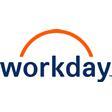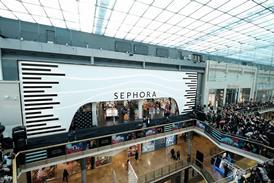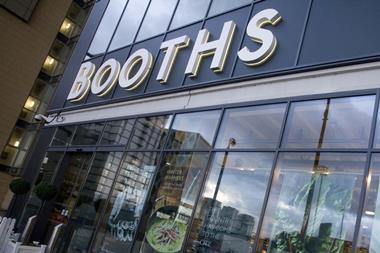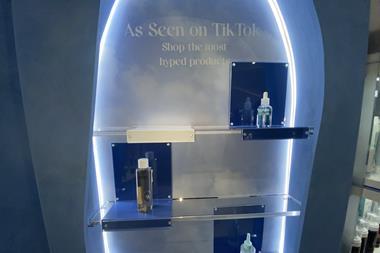As retailers, we think about the customer first. But it’s not just about the customer. If the employee experience (EX) is not a top priority, it should be, says Workday’s Laurent Homeyer
Good EX delivers growth. It’s been proven time and time again, and research from the Massachusetts Institute of Technology demonstrated that businesses with an EX in the top quartile deliver 25% higher profits than those in the bottom quartile.
Technology’s role
With one in five employees saying they are likely to switch employers in the next 12 months, according to PwC, a positive EX can also help to win and retain talent.
To understand why we need only think about the progress made to deliver better customer experience (CX) through technology. Led by tech disruptors such as Amazon, retailers now offer compelling and convenient multichannel touchpoints centred on customer needs.
When it comes to EX, however, a similar revolution has yet to occur. If we take a look at the administrative applications used by most retailers, many have not kept up.
Consumer applications are far more intuitive and powerful than those used to manage arguably a retailer’s most valuable resource: people.
Barriers to agility
This situation is a concern. For a start, it stops HR from doing its job.
“If HR is stymied by antiquated systems, how can it react quickly or gather the insights needed to make decisions?”
HR has rightly won a place at the heart of many retailers, keeping employees motivated and engaged in the face of challenging conditions.
Employees also feel the strain. If they’re claiming an expense, requesting time off or finding information, employees need frictionless experiences.
Productivity drain
One of the benefits of a good EX is the ease with which an employee can complete a process.
According to a survey by Deloitte, only 42% of respondents thought workers were satisfied or very satisfied with day-to-day work practices, and only 38% said they were satisfied or very satisfied with work-related tools and technology.
When poor technology makes it hard to complete basic tasks, it is easy to see why people become frustrated. It’s also an unnecessary drain on productivity.
Data and automation
Automation can also give employees access to the information they need. Workday’s own research suggests there is a strong correlation between enterprise-wide data access and the ability to make informed decisions at speed.
The free flow of information and data is cited by respondents as the most critical factor in driving agile decision-making practices.
Meeting employee expectations
Employees, particularly millennials and zoomers, expect on-demand information and real-time answers.
As digital natives, it’s part of the self-service digital world they’re in. Retailers that want to engage their people and empower them with actionable data and convenient tools must meet them there.
“Younger generations prefer to learn by doing. Retailers should enable workers to seek out information for themselves”
That could mean allowing leave requests in Slack or enabling staff to see co-workers’ office locations in Microsoft Teams.
Younger generations prefer to learn by doing. Retailers should look at technology to support self-learning and enable workers to seek out information for themselves.
‘Consumerise’ and thrive
Delivering a great employee experience is more important than ever.
With the pandemic creating a huge workforce reshuffle, it is vital that retailers enable their people to work easily.
The best way is to learn from customer experience – leverage automation and data for intuitive, frictionless and empowering tools and processes, and listen to understand which technologies work best for employees.
Doing so will increase productivity and create a strong employer brand that is placed to win and retain the best talent. Now that sounds like a prize worth winning.
Laurent Homeyer is retail and hospitality industry advisor EMEA at Workday





























